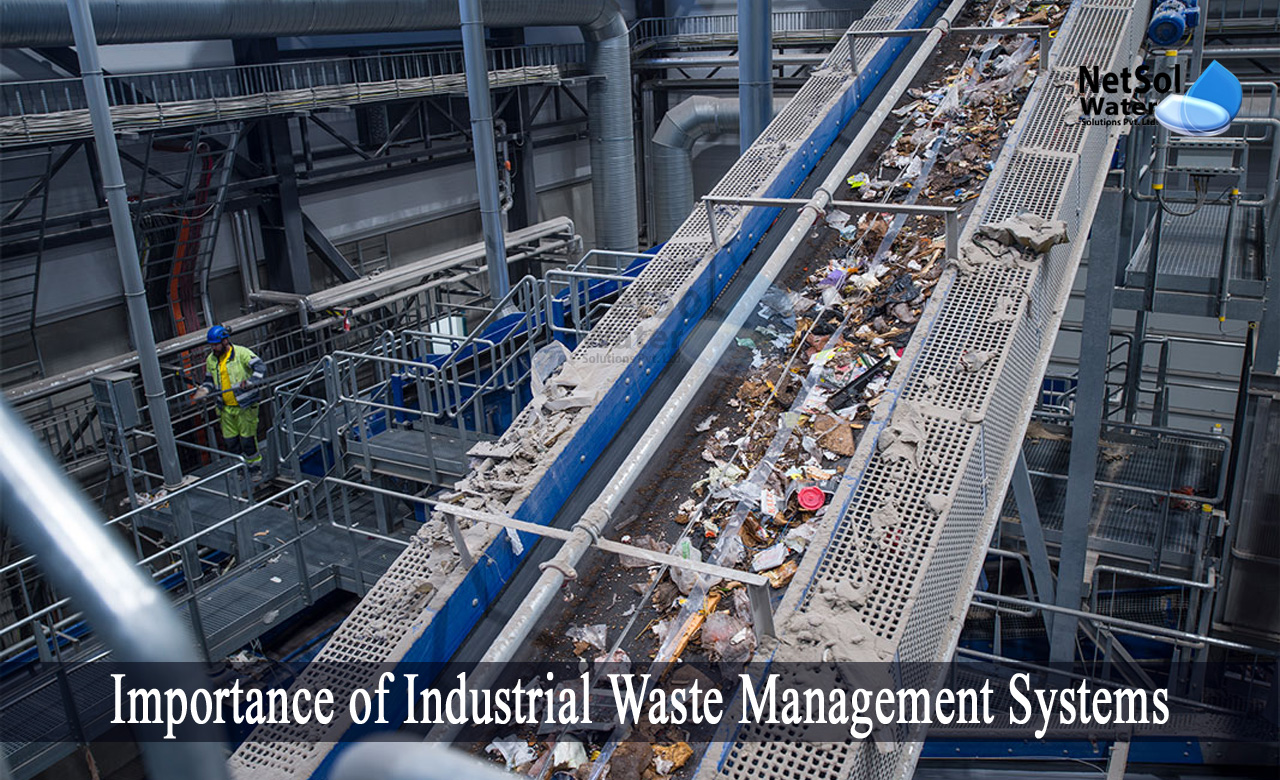Reclaim Waste for Dummies
Reclaim Waste for Dummies
Blog Article
How Reclaim Waste can Save You Time, Stress, and Money.
Table of ContentsThe Best Guide To Reclaim WasteSome Known Facts About Reclaim Waste.6 Simple Techniques For Reclaim WasteSome Known Details About Reclaim Waste How Reclaim Waste can Save You Time, Stress, and Money.
Residential sewage waste refers to the waste and items from a property septic tank. The correct monitoring and disposal of domestic sewer waste require fluid waste to be moved to a sewage treatment plant where the proper approaches and devices are used to purify and dispose of waste.
Industrial waste commonly includes prospective hazards, such as combustible materials or a mixture of fluid and strong waste products, and needs a much more innovative and comprehensive disposal process. The disposal of commercial waste commonly involves the filtration of waste before transport to make certain safe and appropriate disposal. Hazardous waste is developed from byproducts and runoff of industrial procedures and manufacturing.
This sort of waste can not use the very same sewage monitoring transport or processes as septic or industrial fluids. The hazardous waste administration process needs the examination and testing of fluid waste before it undertakes the disposal procedure (liquid waste removal). Drainage waste is the fluid waste that originates from drainage and excess stormwater in very inhabited areas or cities
Overflow waste can trigger contamination and flooding if not managed effectively. Find out more about sewage system cleansing and waste management. Ensuring appropriate waste management can prevent disasters and reduce ecological injury. Both people in property settings and professionals in commercial or production sectors can take advantage of comprehending the processes and policies of liquid waste management.
A Biased View of Reclaim Waste
Call PROS Providers today to discover about our waste monitoring and disposal services and the correct methods to care for the fluid waste you produce.
(https://penzu.com/p/1f225eb6893bd9aa)Do you understand what occurs to your water when you end, purge the commode or drain pipes the washing machine? No? Well, it's worth recognizing. This so-called 'wastewater' is not just a crucial resource but, after therapy, will certainly be launched to our land, waterways or the ocean. Made use of water from commodes, showers, bathrooms, kitchen sinks, washings and industrial processes is referred to as wastewater.

water made use of to cool down equipment or clean plant and equipment). Stormwater, a form of wastewater, is drainage that moves from farming and urban locations such as roofing systems, parks, yards, roads, courses and seamless gutters into stormwater drains pipes, after rain. Stormwater moves without treatment directly to regional creeks or rivers, at some point reaching the sea.
The Ultimate Guide To Reclaim Waste
In Queensland, a lot of wastewater is dealt with at sewage treatment plants. Wastewater is carried from domestic or industrial sites through a system of sewers and pump stations, recognized as sewage reticulation, to a sewer therapy plant.
The Division of Natural Resources suggests neighborhood governments about managing, operating and maintaining sewage systems and treatment plants. In unsewered areas, city governments may need householders to mount specific or family sewage treatment systems to deal with domestic wastewater from bathrooms, kitchens, bathrooms and washings. The Division of Natural Resources authorises using house systems when they are confirmed to be reliable.
A lot of stormwater gets no treatment. In some brand-new class, treatment of some stormwater to remove clutter, sand and gravel has started utilizing gross pollutant catches. Wastewater treatment occurs in 4 stages: Gets rid of strong matter. Bigger solids, such as plastics and various other objects wrongly discharged to sewers, are eliminated when wastewater is travelled through screens.
Wastewater after that you can try these out moves into large tanks where solids settle and are eliminated as sludge. Oil and scum are skimmed from the surface. Makes use of tiny living microorganisms recognizes as micro-organisms to damage down and eliminate remaining liquified wastes and fine fragments. Micro-organisms and wastes are included in the sludge. Gets rid of nitrogen and phosphorus nutrients that can create algal flowers in our rivers and intimidate aquatic life.
Facts About Reclaim Waste Uncovered
Nutrient removal is not available at all sewage therapy plants because it requires expensive specialist tools. Clear liquid effluent generated after treatment might still have disease-causing micro-organisms - liquid waste removal.

Most wastewater flows into the sewerage system. Under the Act, regional governments administer approvals and licences for environmentally appropriate activities (Periods) including wastewater releases that may have a local influence.
3 Simple Techniques For Reclaim Waste
Surveillance provides factual information about water high quality and can verify that permit problems are being met. The details gotten with surveillance gives the basis for making water quality decisions.
Report this page